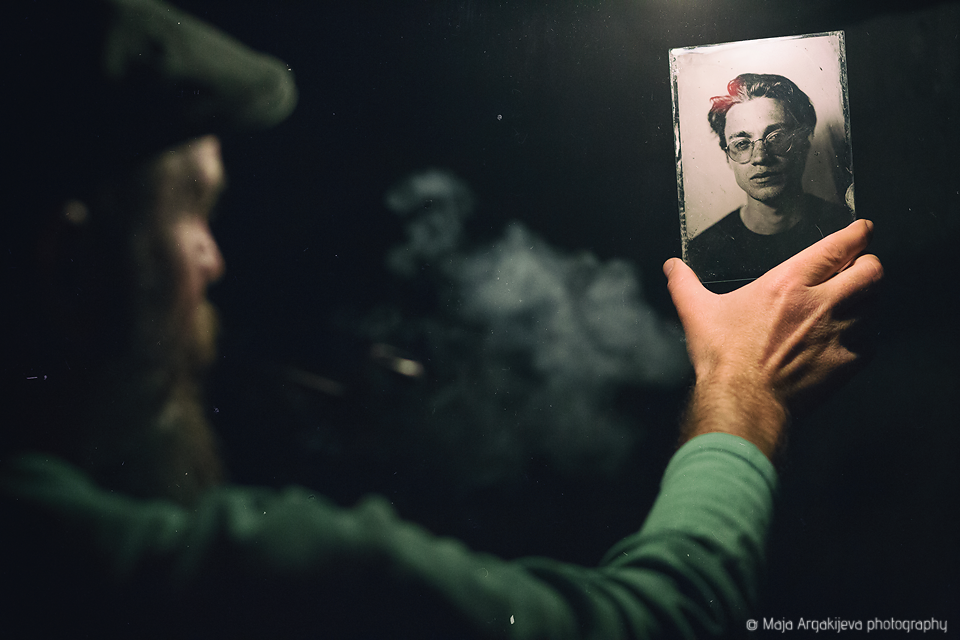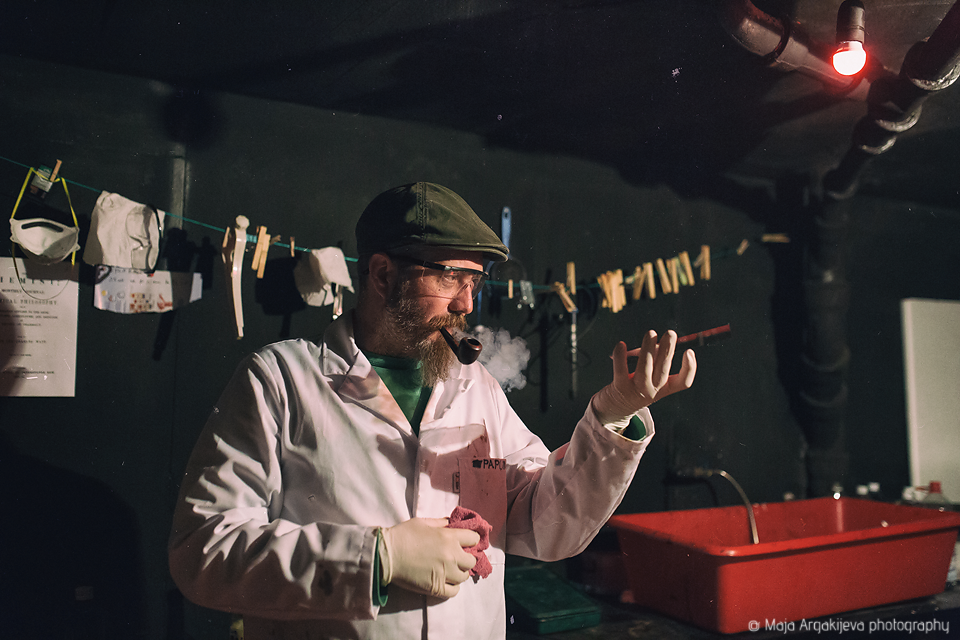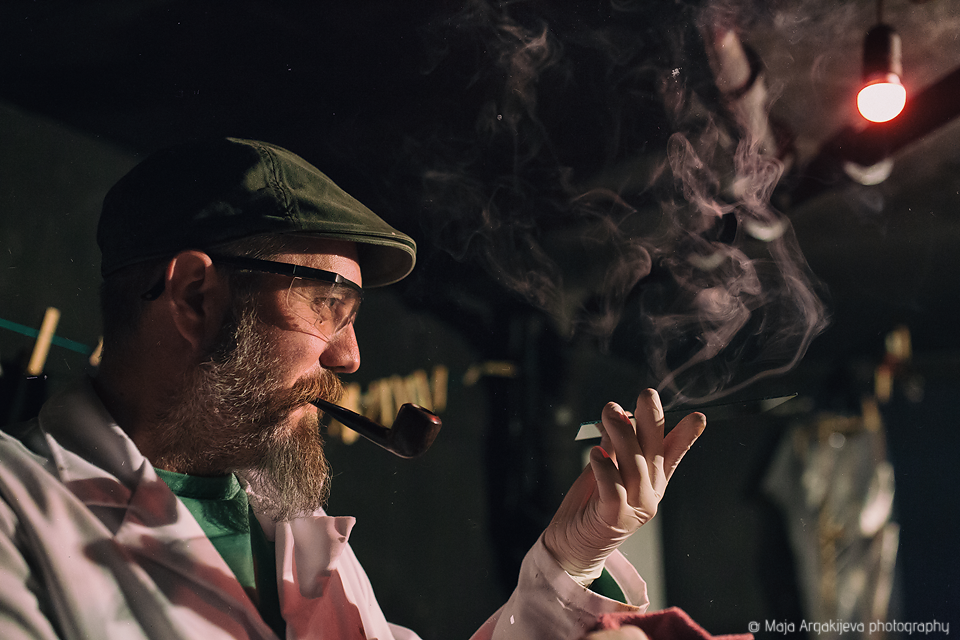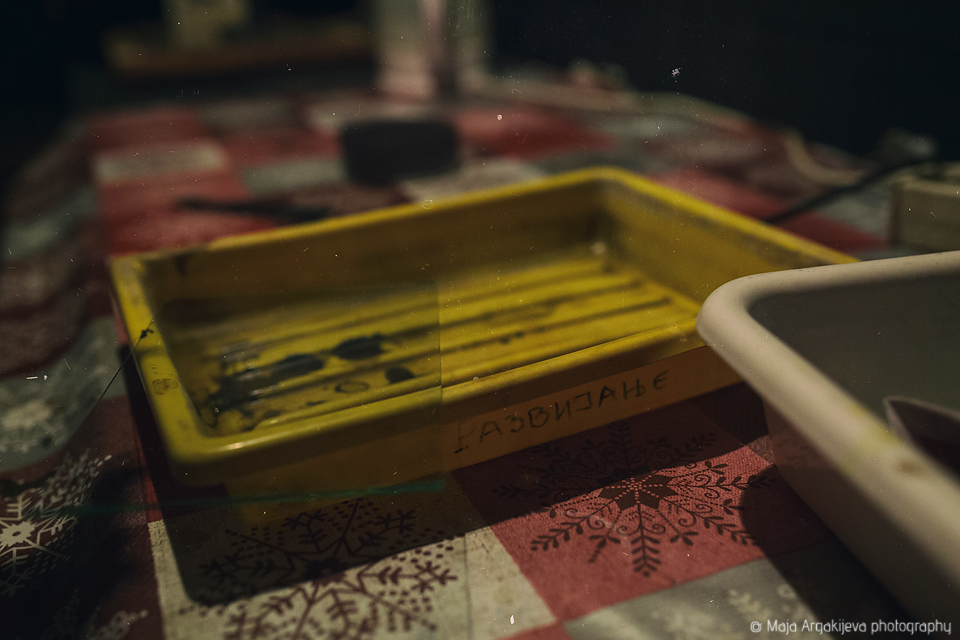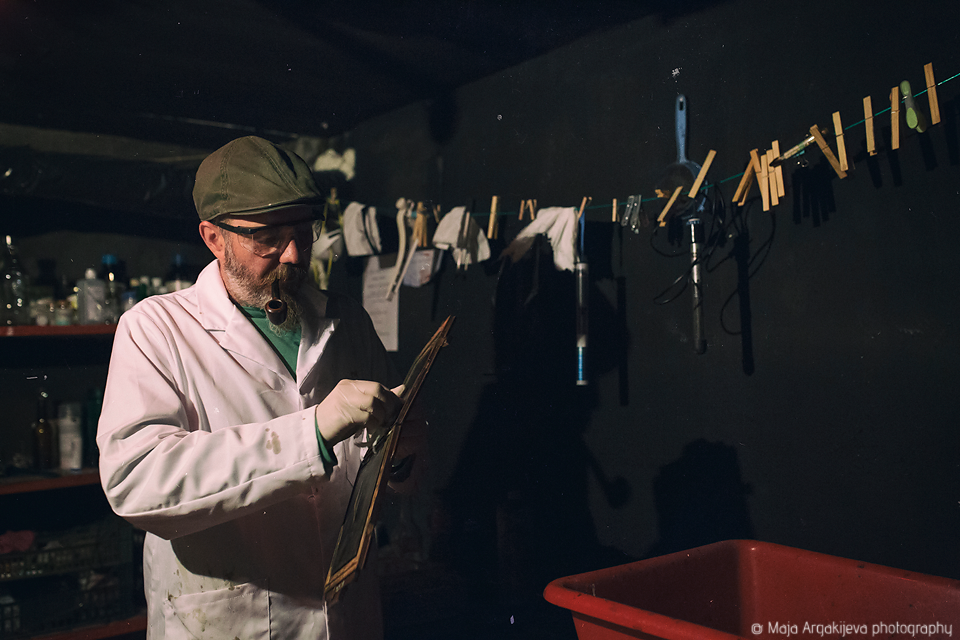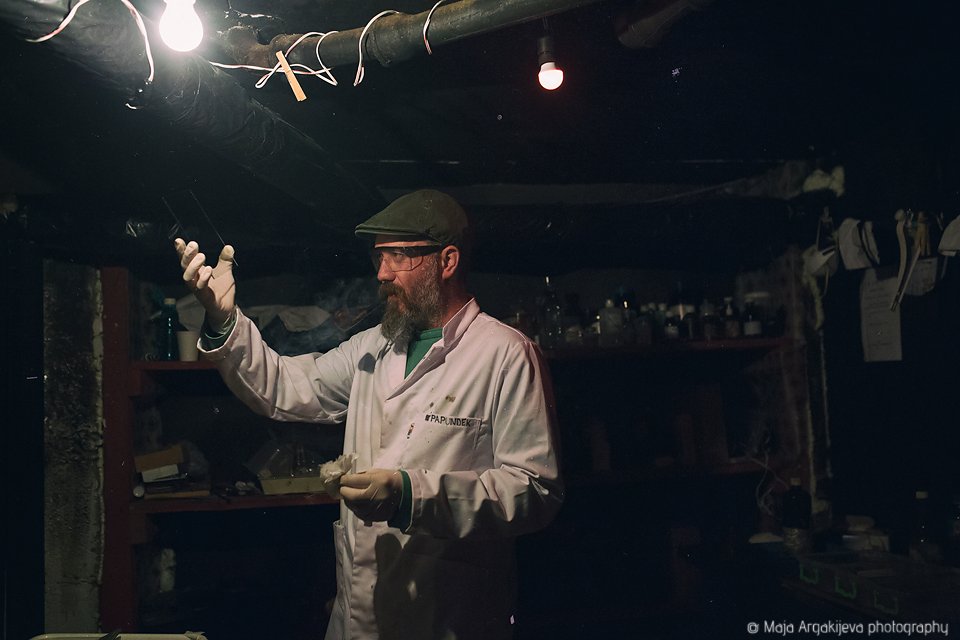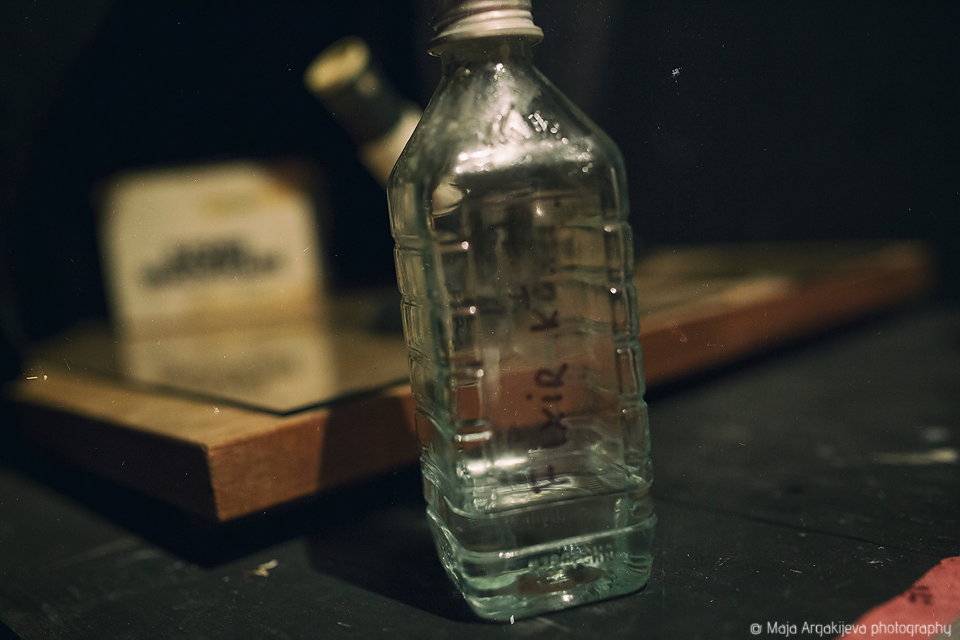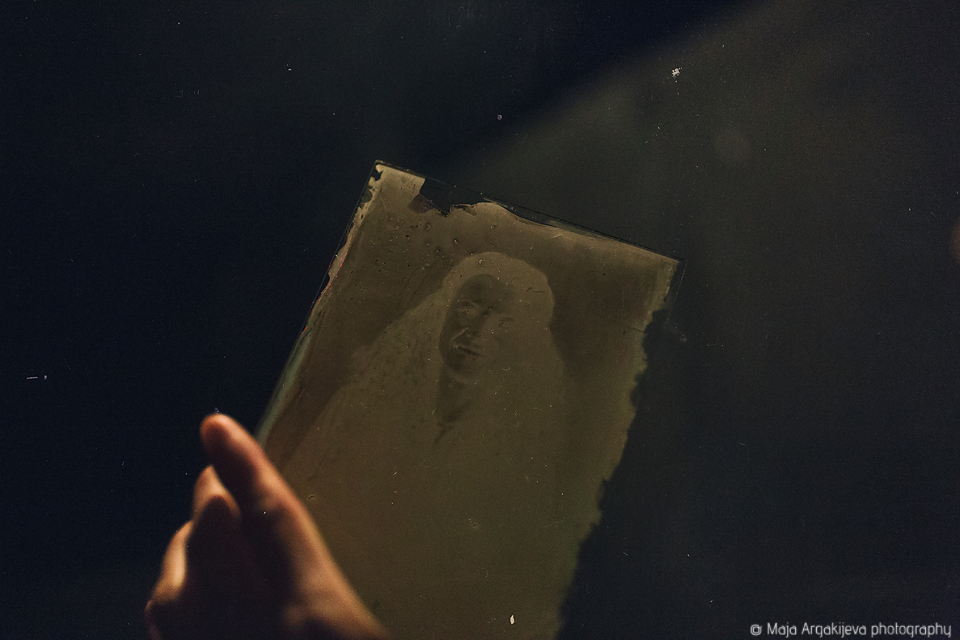Wet Plate Collodion process
The Wet Plate Collodion process is a photographic process in common use in the mid-19th century. It was invented by F. Scott Archer in 1848 and published in 1851. Prevalent from 1855 to about 1881, it gradually displaced both the daguerreotype and calotype processes.
The wet-plate collodion process, or collodion process, involves a huge number of manual steps: cutting the glass or metal plate; wiping egg-white along its edges; hand-coating with iodized collodion and then submerging the plate in silver nitrate to make it light-sensitive. While it is still wet, the sensitized plate is put in the camera and the exposure is made. Immediately following exposure, the plate is processed by hand-pouring the developer onto the plate, then washed, fixed and washed again. The resulting tintype (metal) or ambrotype (glass) is a one-of-a-kind photographic artifact; beautiful, sometimes hauntingly so, and possessing a silvery exquisiteness.
The wet-plate photographer: Sasho Alushevski



